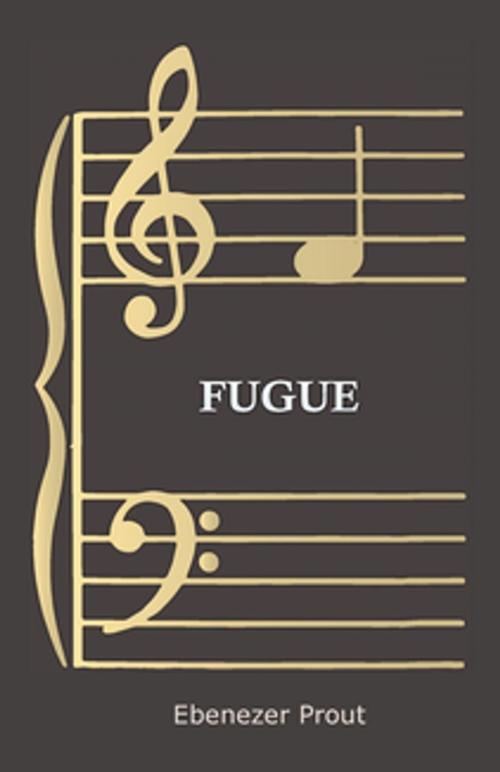| Author: | Ebenezer Prout | ISBN: | 9781446547793 |
| Publisher: | Read Books Ltd. | Publication: | April 16, 2013 |
| Imprint: | Bartlet Press | Language: | English |
| Author: | Ebenezer Prout |
| ISBN: | 9781446547793 |
| Publisher: | Read Books Ltd. |
| Publication: | April 16, 2013 |
| Imprint: | Bartlet Press |
| Language: | English |
Fugue - EBENEZER PROUT - PREFACE - THERE IS probably no branch of musical conlposition in which theory is more widely, one might almost say hopelessly, at variance with practice than in that which forms the subject of the present volume. In Harmony, we are frequently neeting with cases in which the rules of the old text-books need inuch modification but with regard to Fugue there are few indeed of the old precepts are not continually, not to say systenatically violated by the greatest masters. The reason for this is no doubt that the standard authorities on the subject, Fux and Marpurg, treated it from the point of view of the seventeenth century, and that most of their successors, such as Cilerubini and Albrechtsberger to name two of the most illustrious, have in the main adopted their rules, tnking little or no account of the reformation, amounting almost to a reconstruction, of the fugue at the lzands of J. S. Bach. Somewhat more liberality of tone will be found in the treatises of Anclr6, Richter, and Lobe but nut one of these, excepting Lobe, has taken Bachs work as the starting point for his investigations. Lobe, on the other hand, is too revolutionary he ever abolishes the names subject and answer, using instead the terms first imitation, second imitation, c. When we find a distinguished theorist like saying that Bach is not a good inodel because he allows himself too many exceptions, and are informed that one of the principal Gerinarl teachers of counterpoint is in the habit of telling his pupils that there is not a single correctly written fugue among Bachs Forty- Eight, surely it is high time that an earnest protest were entered against a system of teaching nrliich places in a kind of Expurgatorius the worlts of the greatest fugue writer that the world has ever seen. In writing the present treatise, the author has consulted all the standard authorities, but as may be inferred from what has just been said has followed none. He has proceeded on the salsle principles which have guided him in all the preceding volumes of this series, and has gone to the works of the great composers themselves...........
Fugue - EBENEZER PROUT - PREFACE - THERE IS probably no branch of musical conlposition in which theory is more widely, one might almost say hopelessly, at variance with practice than in that which forms the subject of the present volume. In Harmony, we are frequently neeting with cases in which the rules of the old text-books need inuch modification but with regard to Fugue there are few indeed of the old precepts are not continually, not to say systenatically violated by the greatest masters. The reason for this is no doubt that the standard authorities on the subject, Fux and Marpurg, treated it from the point of view of the seventeenth century, and that most of their successors, such as Cilerubini and Albrechtsberger to name two of the most illustrious, have in the main adopted their rules, tnking little or no account of the reformation, amounting almost to a reconstruction, of the fugue at the lzands of J. S. Bach. Somewhat more liberality of tone will be found in the treatises of Anclr6, Richter, and Lobe but nut one of these, excepting Lobe, has taken Bachs work as the starting point for his investigations. Lobe, on the other hand, is too revolutionary he ever abolishes the names subject and answer, using instead the terms first imitation, second imitation, c. When we find a distinguished theorist like saying that Bach is not a good inodel because he allows himself too many exceptions, and are informed that one of the principal Gerinarl teachers of counterpoint is in the habit of telling his pupils that there is not a single correctly written fugue among Bachs Forty- Eight, surely it is high time that an earnest protest were entered against a system of teaching nrliich places in a kind of Expurgatorius the worlts of the greatest fugue writer that the world has ever seen. In writing the present treatise, the author has consulted all the standard authorities, but as may be inferred from what has just been said has followed none. He has proceeded on the salsle principles which have guided him in all the preceding volumes of this series, and has gone to the works of the great composers themselves...........















